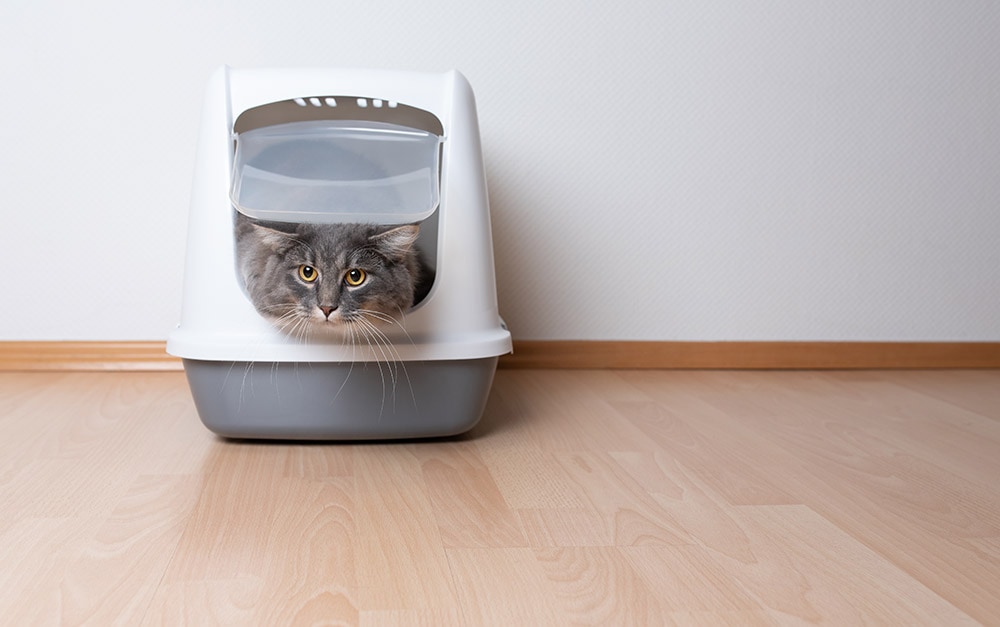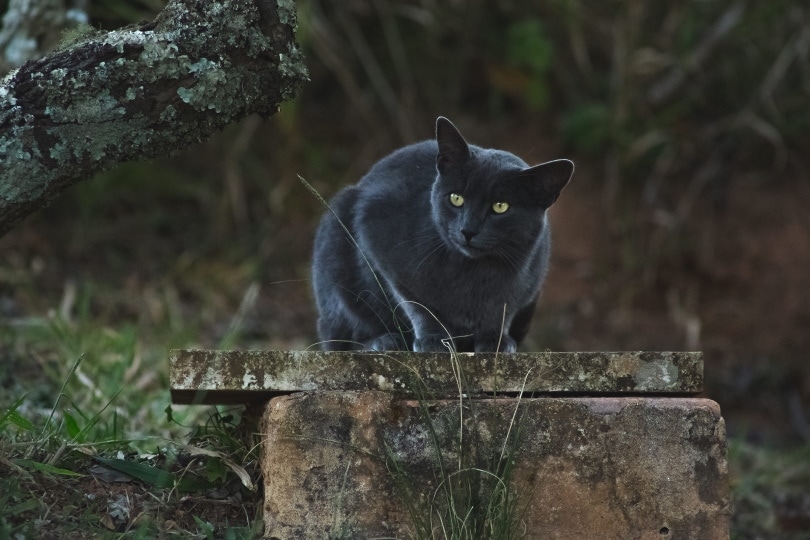Do Cats Mate for Life? Reasons, Behavior, & Breeding

Updated on
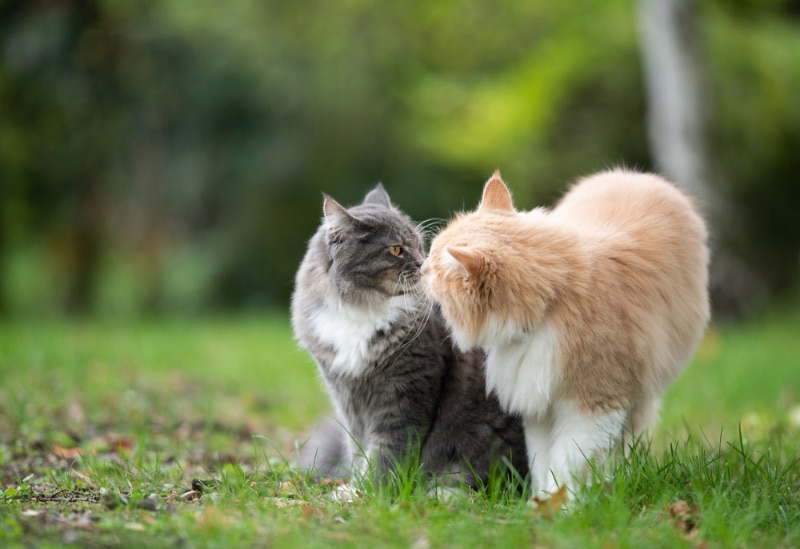
Click to Skip Ahead
There are approximately 60 million pet cats in the U.S. alone, which shows the love that humans have for our feline friends. But, while tens of millions of cats might have loving homes, not all of them are so fortunate. More than 3 million cats enter shelters and rescues every year, and there are many more feral and stray cats in towns and cities. And the U.S. is far from alone in this respect: most countries have a problem with feline overpopulation.
One factor that contributes to this large number is the fact that cats are genetically designed to reproduce extensively. Not only will both male and female cats take several partners throughout their lives, but a single litter of kittens can have multiple fathers, so littermates might not be full siblings.
Are Cats Monogamous?

Cats do not mate for life. Monogamy is actually quite unusual in mammals. Mating with multiple partners over a lifetime enhances the chances of successfully giving birth and expanding the species, and doing so is an innate need for many animals, including cats. It also helps diversify the gene pool which, in turn, means a healthier population of cats—once again, this helps advance the species.
Not only are cats willing to take multiple mates over their lives, but they have other genetic features that see them yield multiple litters and give birth to potentially hundreds of kittens in a lifetime. Females are seasonal ovulators, with their season typically lasting from spring until autumn. Females can also reach sexual maturity, and therefore get pregnant, at around 4 months of age, although most don’t achieve this until they are 5 or 6 months.
It is very rare for cats to mate for life or only have one mate throughout their lives. This is only likely to happen with cats kept for breeding where there is a restricted supply of males.
The 5 Facts About Cat Mating and Breeding
Despite being the second most popular pet, after dogs, there are still some areas that some owners don’t fully understand when it comes to cats, including some elements of their mating.
1. A Single Litter Can Have Multiple Fathers
Superfecundation is the ability of a single litter of young to have multiple fathers. This is common in cats, happens in litters of puppies, and, although it is extremely rare, it can even happen in humans. In cats, it happens when two males mate with a single female that is in heat. Different sperm from different males fertilize different eggs. It is one of the reasons why kittens from the same litter can look so different.
2. Kittens Can Have Kittens
Cats reach sexual maturity at a very young age. Although it typically occurs at around 5 or 6 months, a female cat may reach sexual maturity as young as 4 months old, when they are still kittens themselves. A kitten does not reach full size until it is about 12 months of age, which means that a 4-month-old cat may not have developed enough to have a healthy pregnancy. Losses are common, and even where litters are born successfully, the immaturity of the mother means it is more common for young cats to reject their kittens.
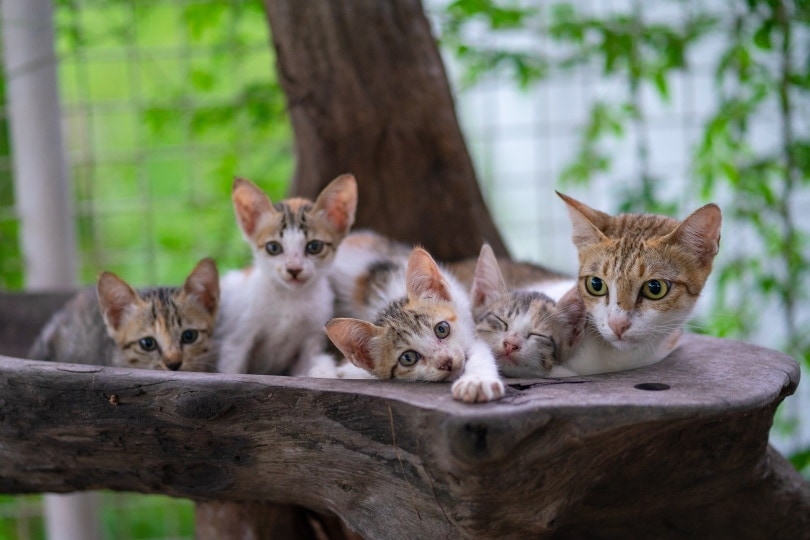
3. Mating Usually Only Lasts a Couple of Minutes
If you keep males and females together, you might think it possible to keep an eye on them and prevent mating. However, the mating process typically only lasts a couple of minutes, which means it is very easy to miss. Even a quick trip to the bathroom is enough time for cats to mate.
4. A Single Cat Could Give Birth to Nearly 400 Kittens in Its Life
Left to their own devices, cats can first get pregnant at around 5 months and have, on average, three litters every year. While the first litter will usually be smaller, consisting of three or four kittens, average litters can then have up to nine kittens. An adult cat could feasibly have 25 kittens a year for 15 years or more, meaning a total of nearly 400 kittens over a lifetime. If you take into account the kittens of kittens, a single unspayed female cat and her offspring could lead to 5,000 cats in just 7 years.
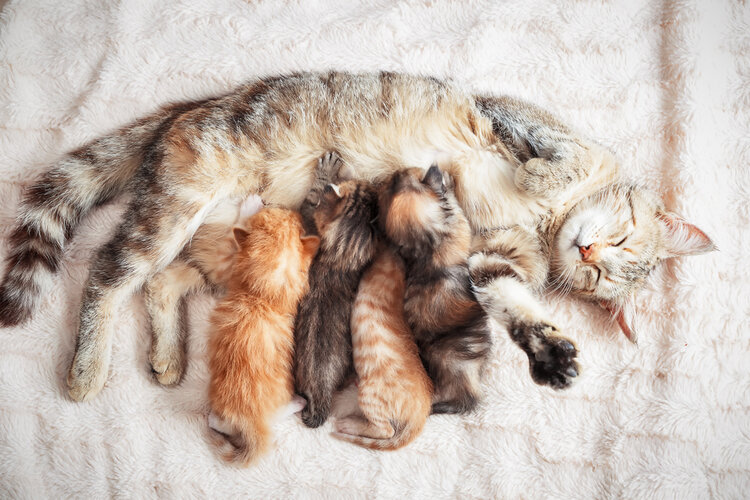
5. Cats Do Not Go Through Menopause
Cats do not go through menopause, which means they can theoretically keep reproducing throughout their entire lives. Domestic cats generally live between 12 and 18 years, although many do reach 20 years of age. This can result in a lot of unwanted cats in shelters or living on the streets.
Why You Should Get Your Cat Spayed
It is generally recommended that kittens are spayed or neutered when they reach 4 months of age. At this age, females can become sexually mature but are old enough to be able to handle the spaying operation.
Overpopulation
As mentioned above, a single unspayed female and her offspring can result in the birth of thousands of kittens in a relatively short few years, and with millions of cats entering shelters every year in the U.S. alone, we must do what we can to help prevent further overpopulation. Having your cat spayed when she reaches 4–5 months prevents any unwanted litters and helps control the feline population.
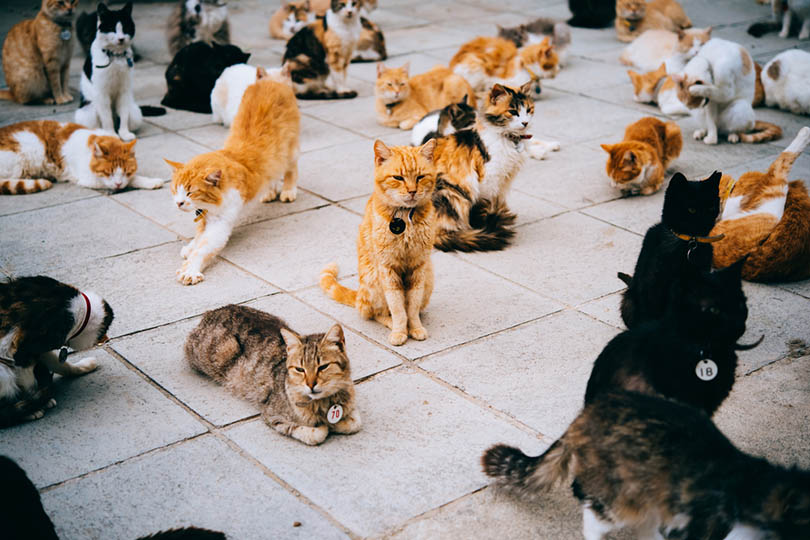
Health Benefits
There are no known, scientifically proven benefits to letting a cat mate and get pregnant. However, having a female cat spayed reduces the risks of breast cancer. It can also reduce the chance of a cat developing pyometra, which is a painful uterus infection that can prove fatal in some cats. In one study, spayed females lived an average of nearly 4 years longer than intact females. There are similar benefits to having a male neutered, too.
Less Worry
If your cat is intact, it means you have to worry about them whenever they leave the house, or if you have multiple cats living at home, even when they’re in the confines of their own abode. Furthermore, with the greater chance of developing life-threatening cancers and other conditions, there are more health concerns, too. Having your cat neutered removes these concerns.
Conclusion
Cats are prolific breeders. Left unchecked, one female cat can have hundreds of kittens in her lifetime, adding to an already burgeoning population of unwanted cats that find their way into shelters or living on the streets. One of the reasons that cats are such prolific breeders is that they are non-monogamous, and they can have multiple mates over a lifetime. A single litter of kittens may even have multiple fathers.
Featured Image Credit: Nils Jacobi, Shutterstock

